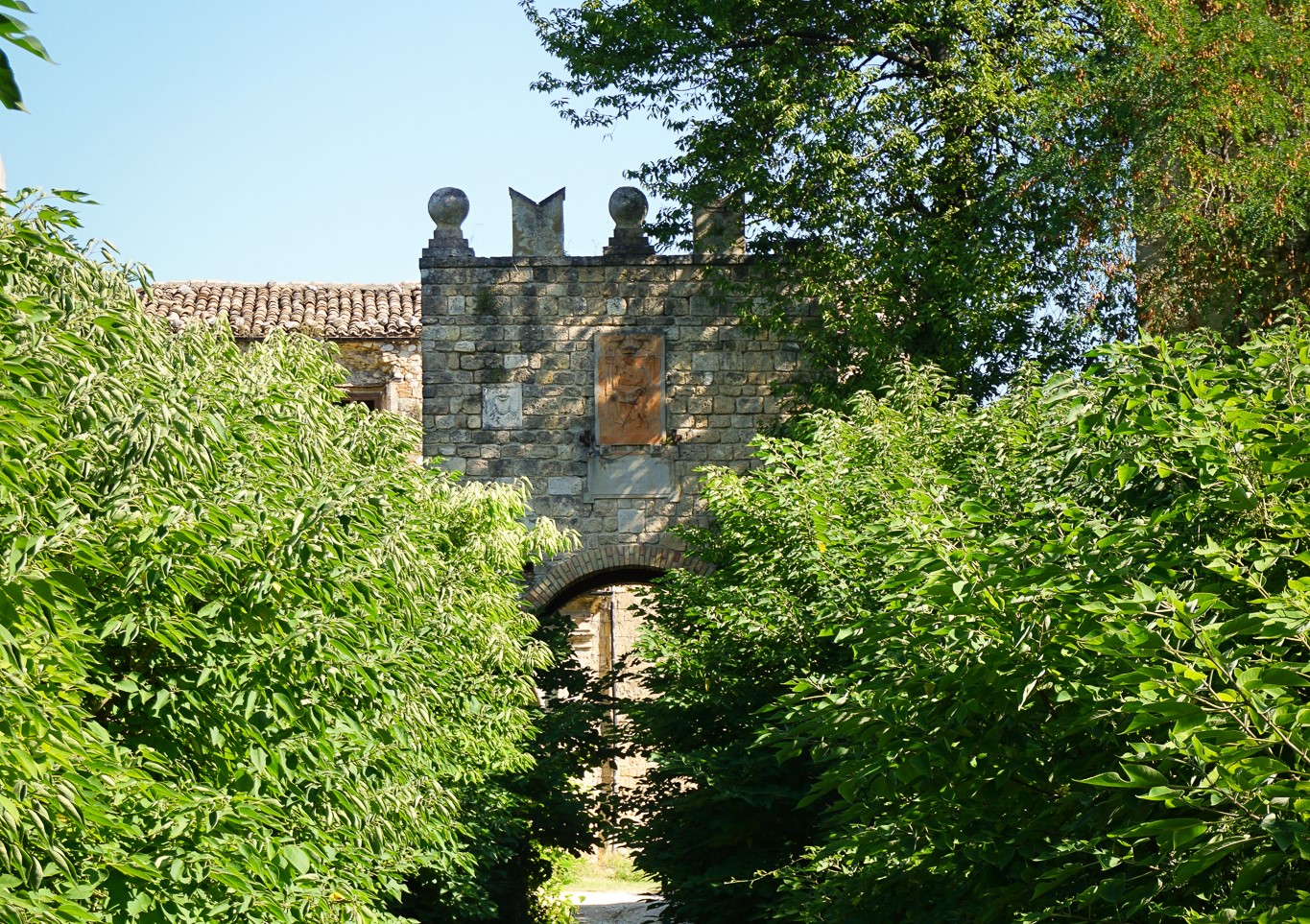Faraone, “Vecchio” (Old) or “Antico” (Ancient), “(…) era ne’ tempi andati un Castello, di cui restano alcune vestigia, e dalle rovine del quale Farone è sorta (was in the past a Castle, of which some vestige remain, and from whose ruins Faraone has risen).” Luigi Ercole thus recounts this hamlet of Sant’Egidio alla Vibrata.
Immersed in the beautiful Teramo nature, the village boasts ancient origins that will take you back to the period of Lombard domination, who chose to build the first fortified settlements on the highest point of the hill.
Over the centuries, Faraone experienced alternating vicissitudes: its strategic position was used as a military bulwark for the defence of the Duchy of Spoleto for the control of the Via Metella, but over the years the village passed from the Abbey of Montecassino to the property of the County and the Chapter of Ascoli Piceno, and finally to the noble family of the Ranalli barons, who governed it for a long period.
A long history full of glorious splendours, which have shaped its structure and evolution.
Once you have passed the ancient gateway to the village, a walk through the streets of the centre, between small cobblestone steps, narrow alleys of beaten earth and historic dwellings, will give you emotions with an ancient scent.
The palaces that testify to its past grandeur can be dated between the 17th and 19th centuries, although some show signs of earlier construction.
Now uninhabited and with many structures that cannot be visited, the village was once entirely surrounded by defensive walls, some sections of which survive today, as if still wishing to reassure those who pass by to visit Faraone Antico.
Address
Via Faraone Antico, Sant'Egidio alla Vibrata
The tour towns
Open all year round






